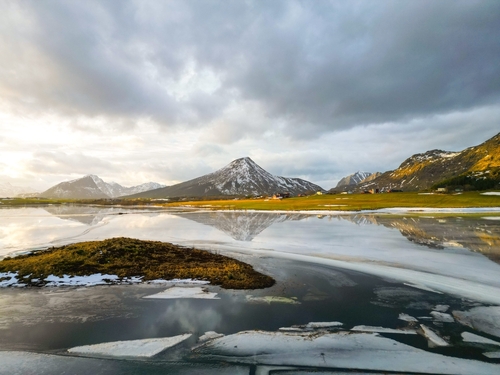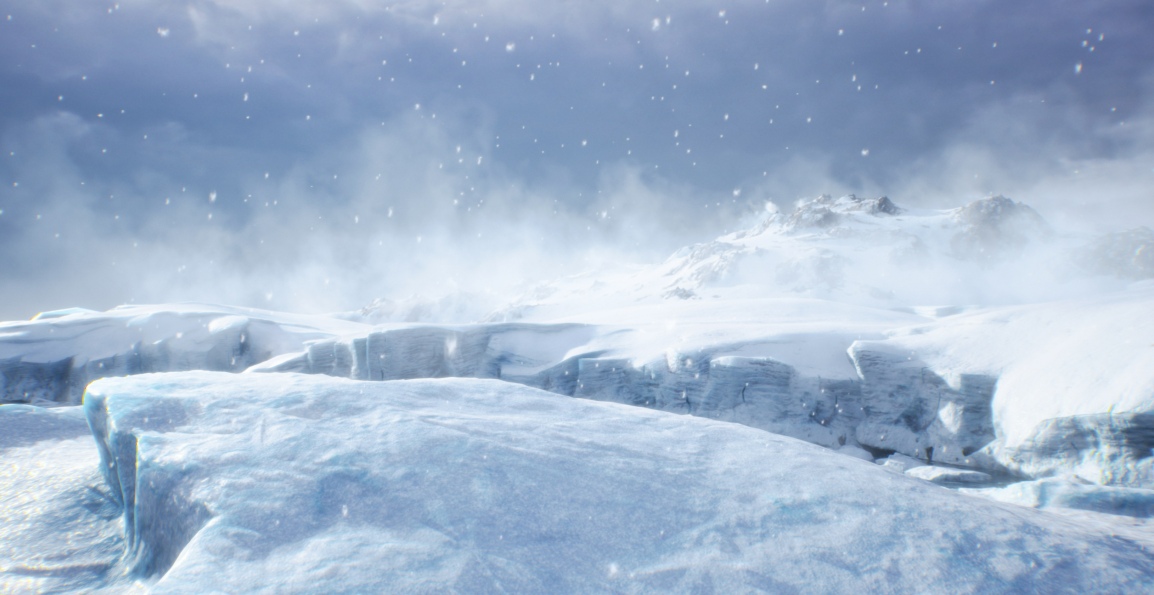The Arctic, our planet’s icy crown, is in peril. Rapid warming has led to unprecedented ice melt, threatening ecosystems, weather patterns, and global sea levels. But scientists are not content to watch this unfold passively. Instead, they’re exploring innovative ways to intervene directly and refreeze the Arctic.
The Urgency of Arctic Intervention
The Arctic’s plight extends beyond its icy boundaries. Melting Arctic ice contributes to rising sea levels, releases greenhouse gases from thawing permafrost, and disrupts weather systems worldwide. The economic impact of unmitigated Arctic warming by the end of this century is estimated to be a staggering $67 trillion.
Geoengineering Solutions

Surface Freezing with Water Pumps: Imagine giant pumps lifting seawater to the surface, where it freezes, creating a protective layer over the Arctic snow. This approach aims to restore lost ice cover and slow down warming. Challenges: Energy requirements, logistical complexities, and potential unintended consequences.
Reflective Glass Beads: Scatter reflective glass beads on snow surfaces to deflect harmful solar rays. By increasing albedo (reflectivity), we can help preserve existing ice and prevent further melting. Challenges: Ensuring widespread distribution and long-term effectiveness.
Sulfate Aerosols to Reflect Sunlight: Injecting sulfate aerosols into the stratosphere could mimic the cooling effect of volcanic eruptions, reflecting sunlight away from the Arctic. However, this approach raises ethical and environmental concerns. Challenges: Balancing benefits with risks.
Seafloor Mounds to Protect Glaciers: Constructing underwater mounds near glaciers could prevent warm ocean water from melting them. These mounds act as natural barriers, preserving ice mass. Challenges: Engineering feasibility and long-term stability.
The Road Ahead
Refreezing the Arctic is no small feat. It requires international collaboration, substantial investment, and careful consideration of ecological impacts. But as the ice continues to vanish, scientists remain committed to these audacious endeavors.
While geoengineering offers potential solutions to combat climate change, it also comes with significant risks. Here are some key concerns:
Unintended Consequences: Geoengineering interventions can have unforeseen effects on ecosystems, weather patterns, and regional climates. Altering one aspect of the environment may lead to unintended outcomes elsewhere. For example, sulfate aerosols injected into the stratosphere to reflect sunlight might disrupt rainfall patterns or harm the ozone layer.

Ethical Dilemmas: Decisions about geoengineering affect the entire planet. Who gets to decide? How do we balance global interests with local impacts? Some argue that geoengineering could be used as a “quick fix” instead of addressing root causes like reducing greenhouse gas emissions.
Dependency and Risk Compensation: Relying on geoengineering might reduce the urgency to mitigate emissions. If people believe we can “fix” the climate, they may delay necessary changes. There’s a risk of moral hazard—assuming that geoengineering will bail us out if things get worse.
Geopolitical Tensions: Implementing large-scale geoengineering projects requires international cooperation. Disagreements over methods, costs, and benefits could strain relations between countries.
Technological Challenges: Developing and deploying geoengineering technologies at a global scale is complex. We lack experience and robust testing. Failure or unintended consequences could exacerbate existing climate problems.
Equity and Justice: Geoengineering impacts won’t be evenly distributed. Some regions may benefit while others suffer negative effects. Ensuring fairness and justice in implementation is crucial.
In summary, while geoengineering holds promise, we must proceed cautiously, considering both its potential benefits and the risks involved. A holistic approach that combines mitigation, adaptation, and responsible geoengineering is essential for a sustainable future.

Published by